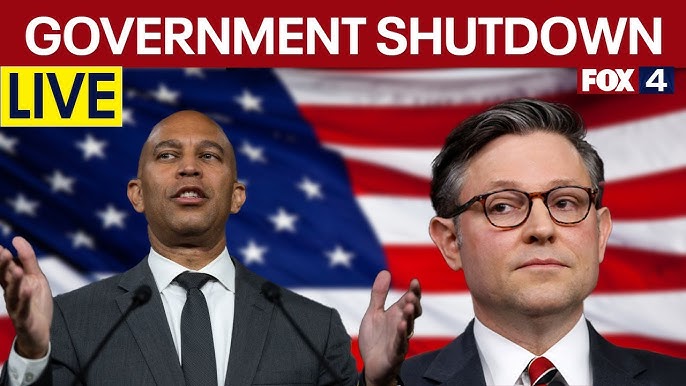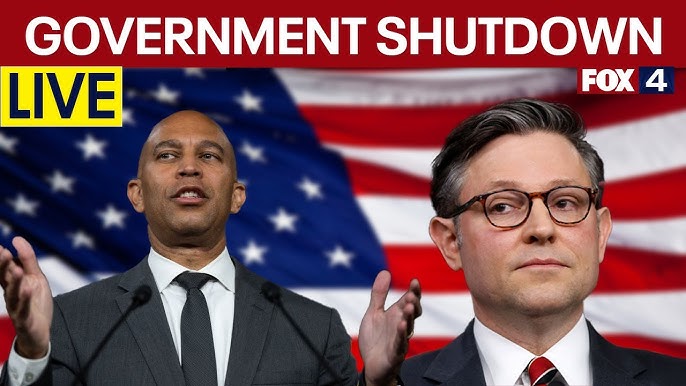Understanding the Minneapolis Shooting Incident
Recent events surrounding incidents of school shootings have thrust safety protocols and responses to the forefront of community concerns, particularly in Minneapolis. Reports indicate a surge in anxiety among students and parents due to multiple fake school shooting reports that have sparked unnecessary panic and heightened the already fragile atmosphere of school safety. The issue at hand is complex, with real implications for students, educators, and law enforcement.
The Context of School Shootings
In understanding the current landscape, it is essential to examine the factors leading to the proliferation of school shooting threats. On the one hand, although real school shootings remain a tragic reality, the rise in false reports can be seen as symptomatic of both a societal panic and a troubling trend in miscommunication and information dissemination.
According to a recent article by Fox 9 News, numerous Minnesota schools received threats related to shootings. Fortunately, these were found to be unfounded, yet they contribute to a growing fear that permeates through our education systems. How do we respond to this mixture of real threats and hoaxes? How can schools reinforce their security without inducing fear among students?
Current Security Measures
School districts across the nation, including those in Minneapolis, have embarked upon implementing robust security measures following incidents of real violence in the school environment. Enhanced security protocols such as controlled access points, the presence of school resource officers, surveillance cameras, and emergency response drills are becoming commonplace.
Despite these measures, the psychological impact on students cannot be overlooked. Educational institutions must balance the need for security with creating an environment conducive to learning and development. A state of constant alert can hinder students’ academic performance and overall well-being.
Addressing Mental Health and Communication
As we contemplate the implications of both real and fake shooting incidents, a multifaceted approach that incorporates mental health support into our schools’ frameworks becomes imperative. Mental health resources can significantly enhance crisis response and preparedness, making it vital for schools to create counseling programs that promote open dialogue about feelings of fear and anxiety.
Moreover, communication plays a critical role. Schools must foster transparent communication channels that allow students and parents to report potential threats without fear of repercussion. This builds trust and ensures that reports, whether real or hoaxes, can be addressed appropriately.
Role of Technology in Enhancing Safety
With the advent of technology, many schools are now at the forefront of utilizing AI consulting and automated workflows to streamline their safety protocols. By integrating systems powered by automation tools such as n8n, institutions can set up workflows that enhance their responsiveness during crises. For example, a school can automate incident reporting so that real threats are prioritized. This not only reduces response times but also allows for efficient information flow among different departments and stakeholders.
Such systems can help manage both relevant information during an emergency and notifications to parents and law enforcement. When equipped with the right tools, schools can transform how they handle safety incidents, ultimately leading to a more secure environment.
Looking Forward: Policy Recommendations
As Minneapolis grapples with the implications of both fake reports and true emergencies, several policy recommendations emerge. Educators and community leaders should consider:
- Review and Revise Safety Protocols: Regular evaluations of safety procedures are critical. Schools must adapt to new threats and ensure that protocols are finely tuned to current realities.
- Implement Training for Staff: Ongoing training for all staff on crisis management, communication, and de-escalation techniques can enhance safety preparedness.
- Engage with Students: Schools should actively seek student input in discussions around safety. This not only empowers them but also provides insights into their concerns that adults might not be aware of.
- Partnerships with Local Law Enforcement: Establishing strong relationships with local police forces can ensure that schools have immediate support and resources during crises.
Conclusion
The fear of school shootings is a harsh reality for many communities across the U.S., and the rise in false alarms complicates the situation further. As Minneapolis continues to contend with these issues, a comprehensive approach that includes enhanced security measures, mental health support, and leveraging technology will be critical in ensuring the safety and well-being of students. In the end, working collectively with students, educators, and law enforcement will foster a safer educational environment for all.








